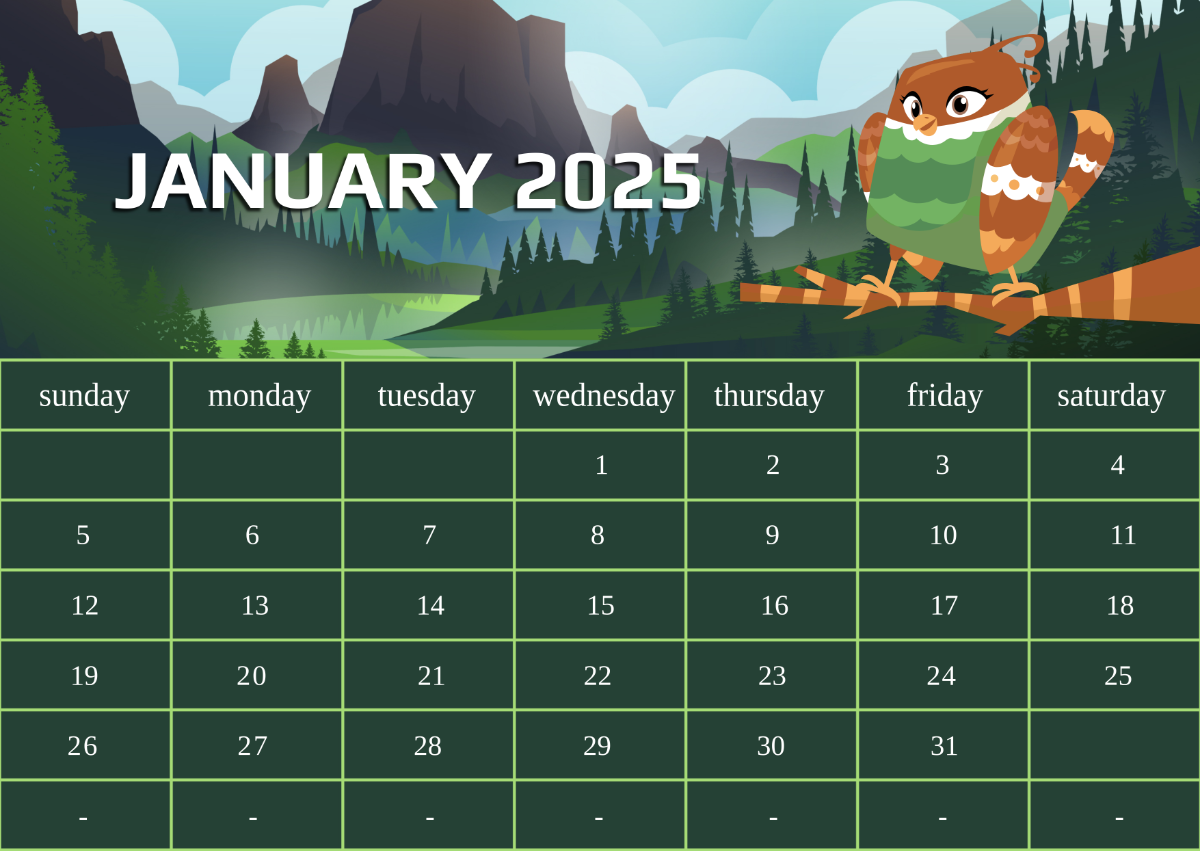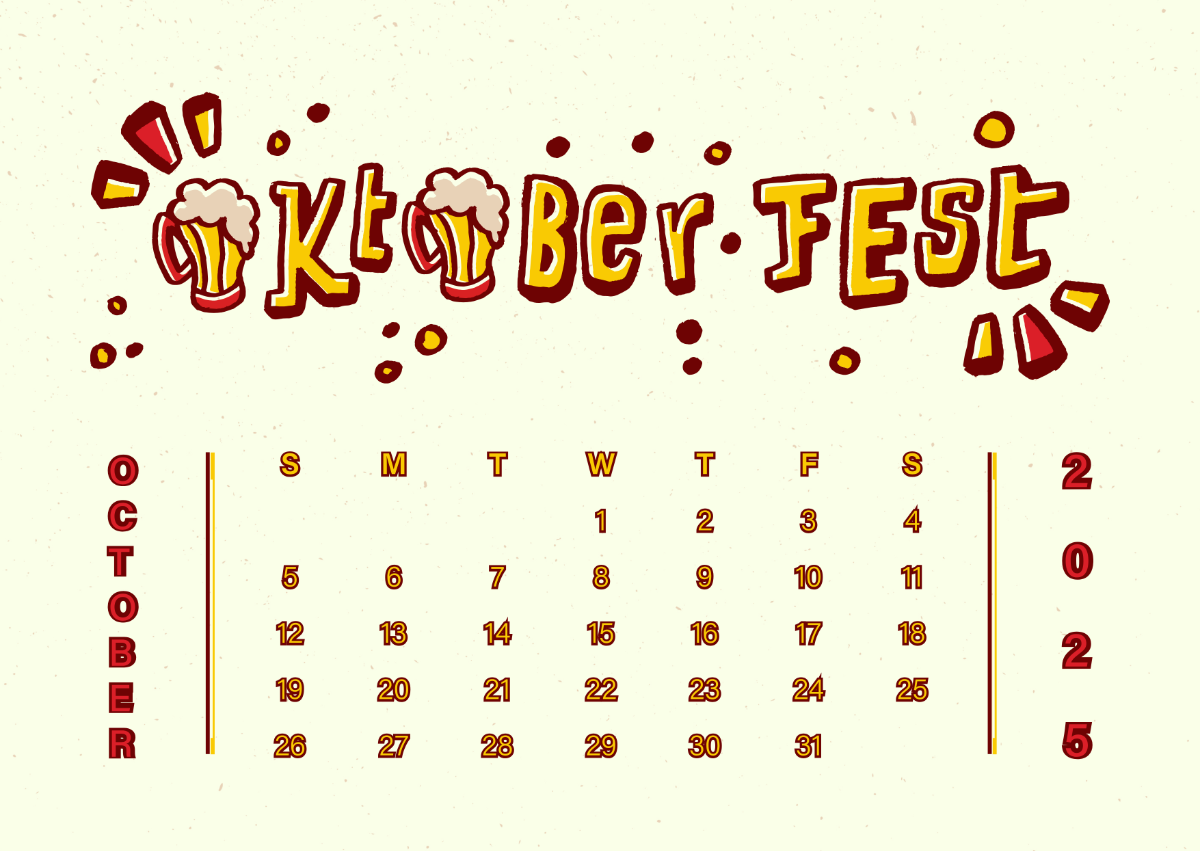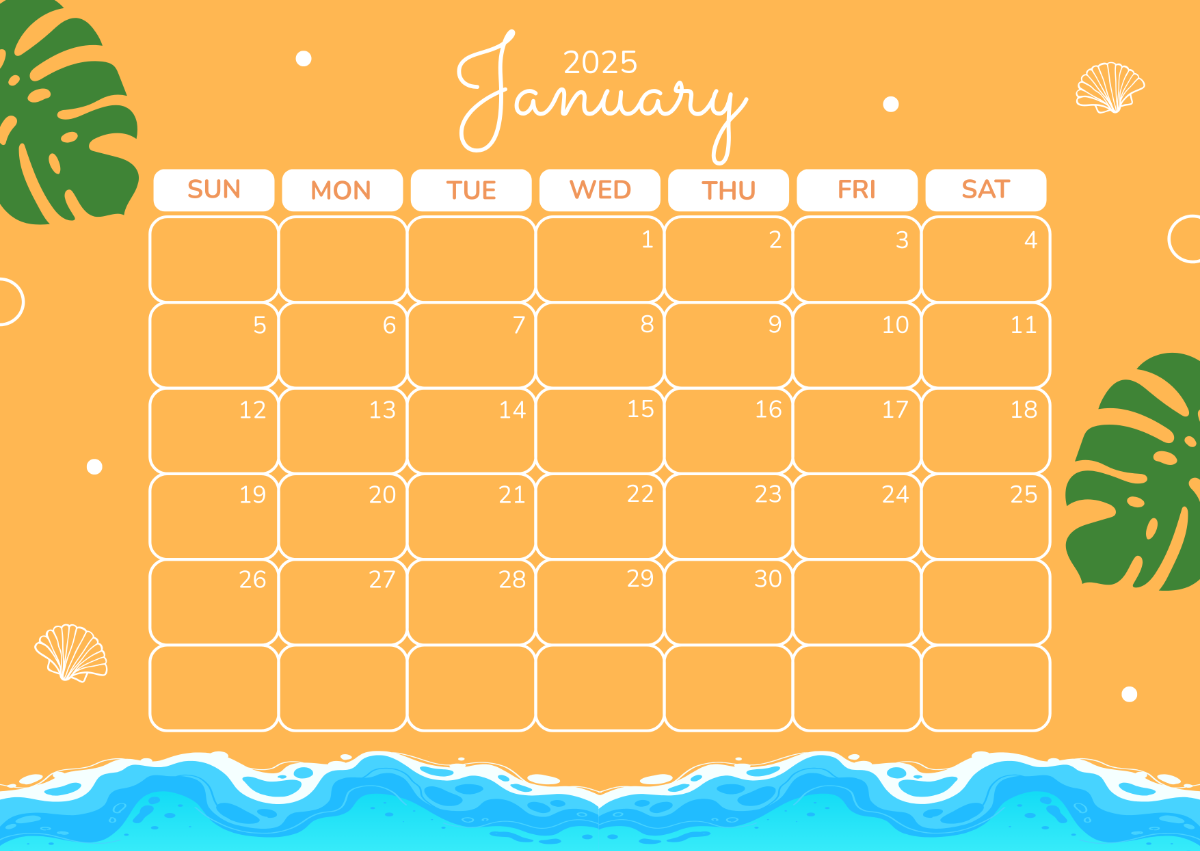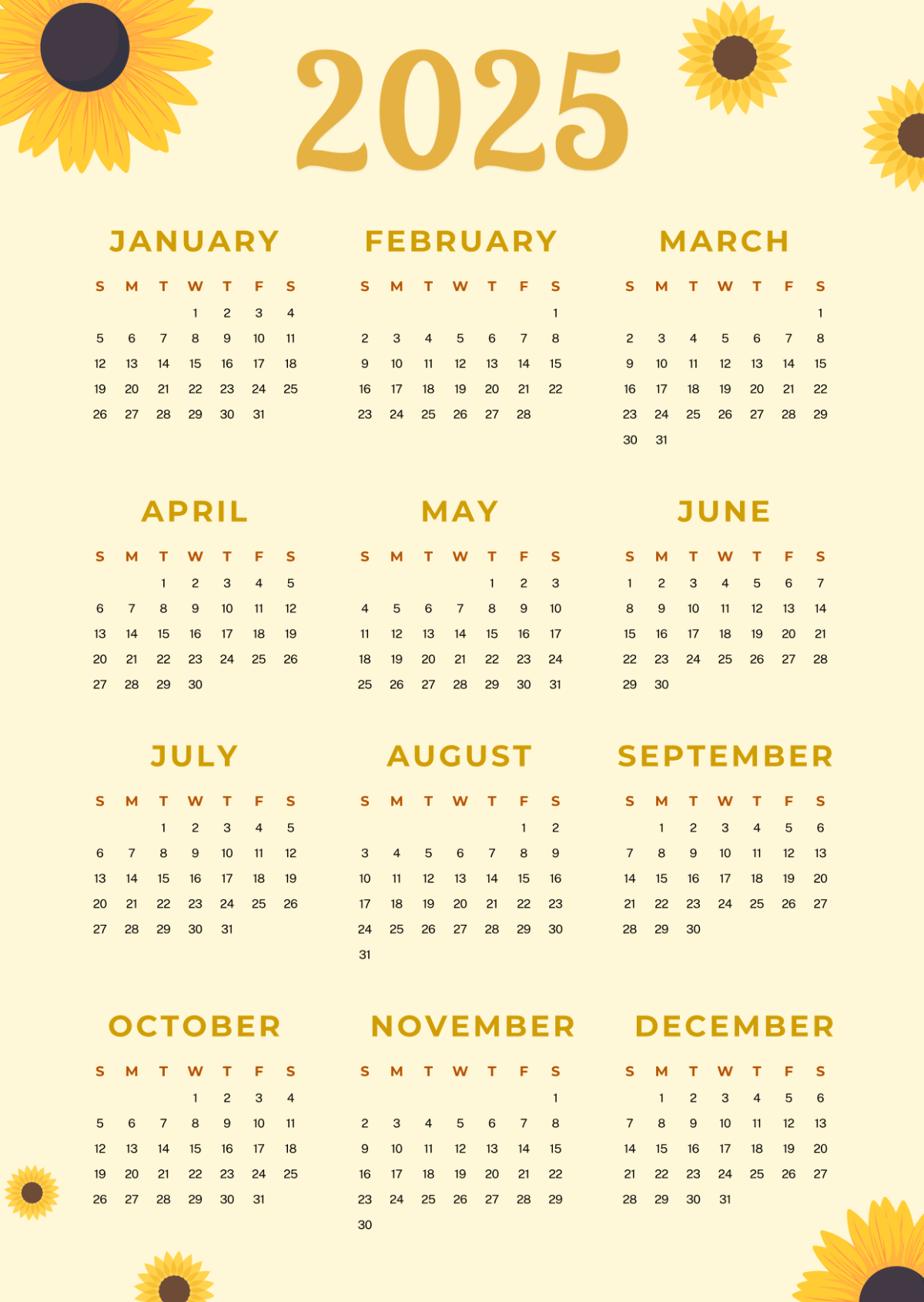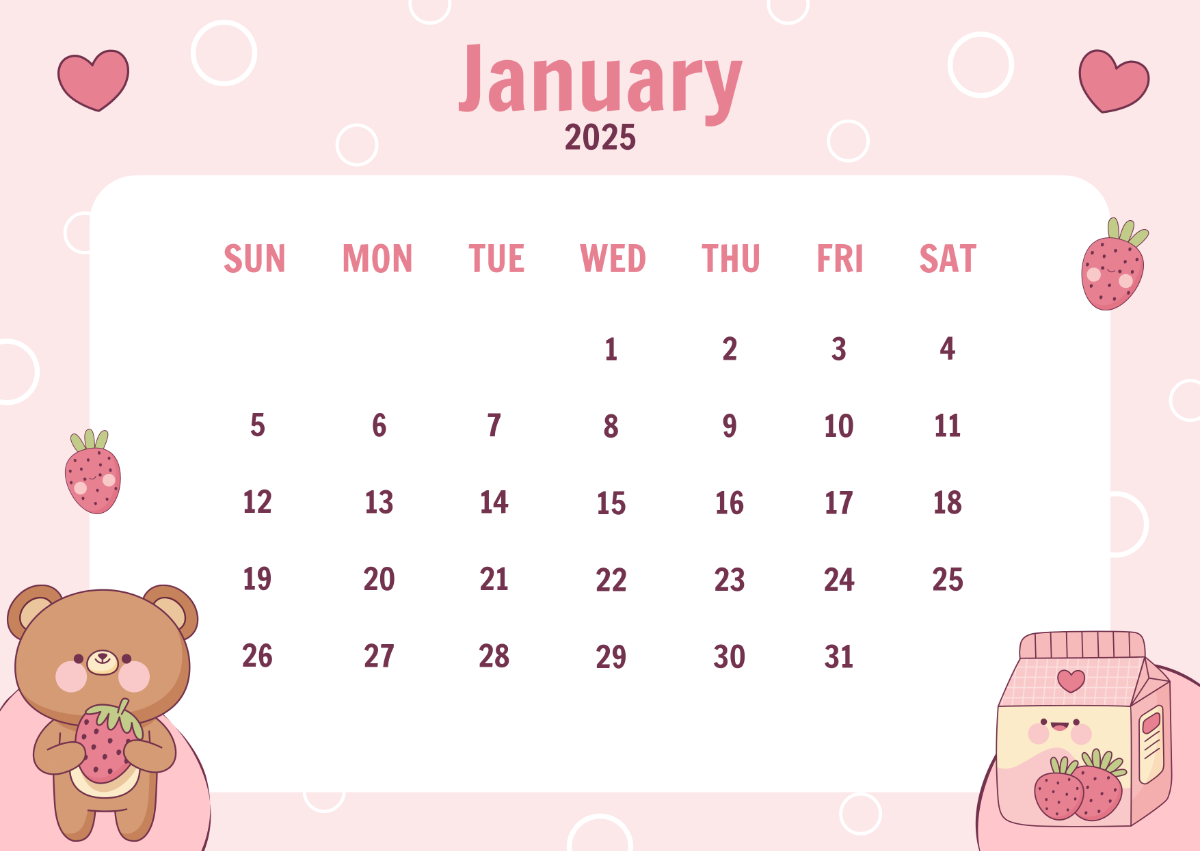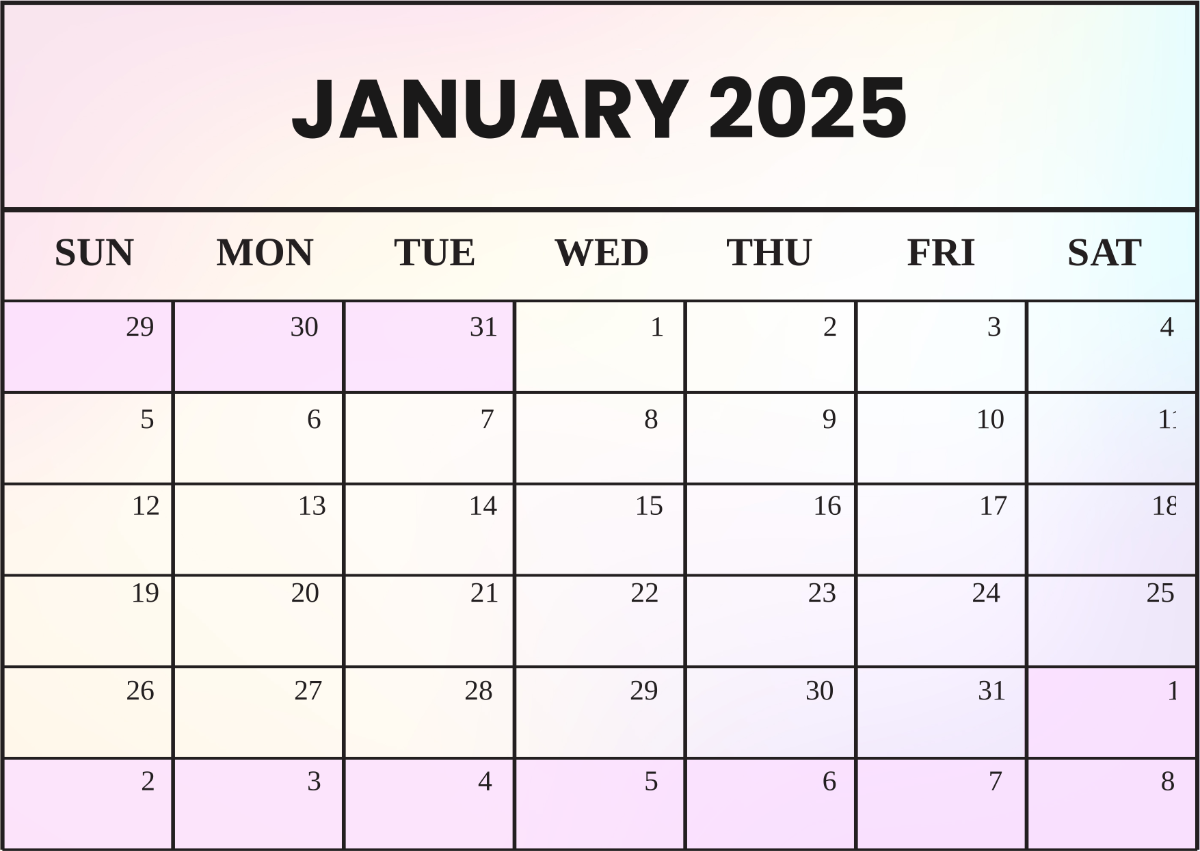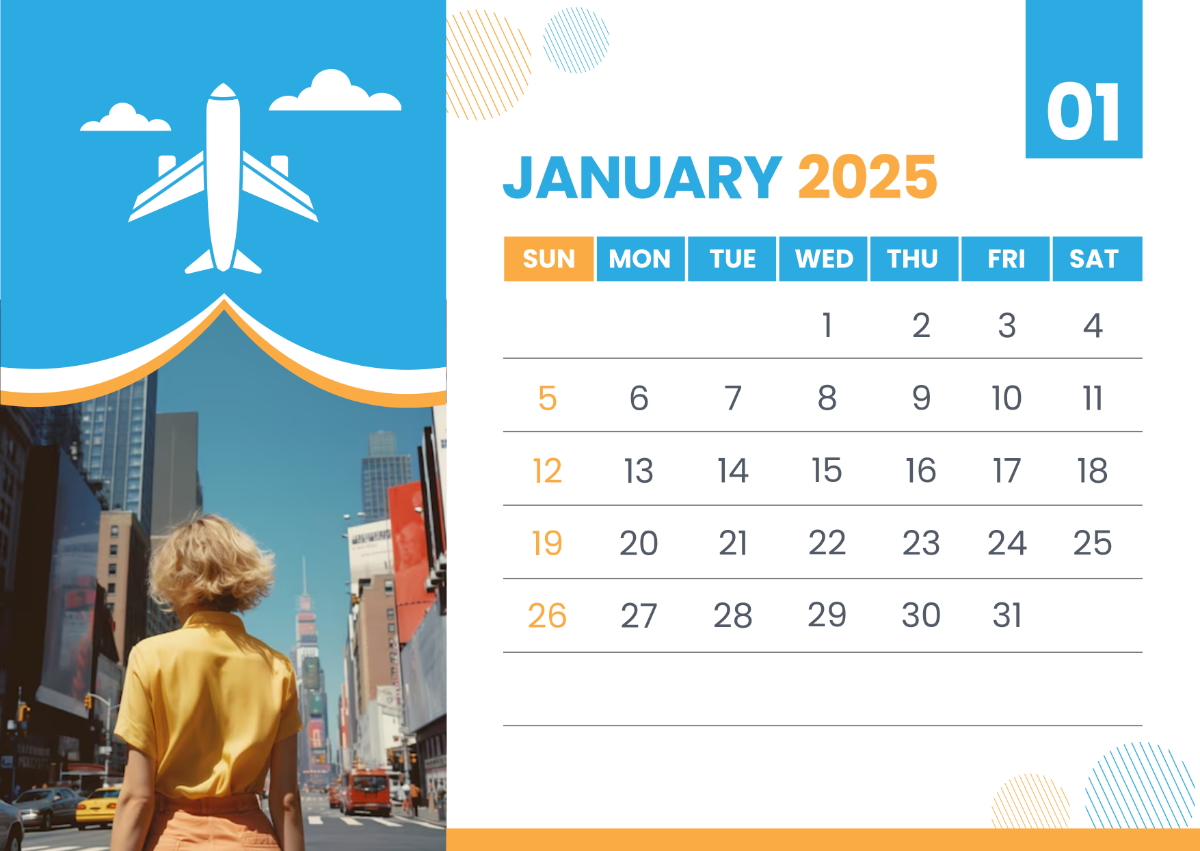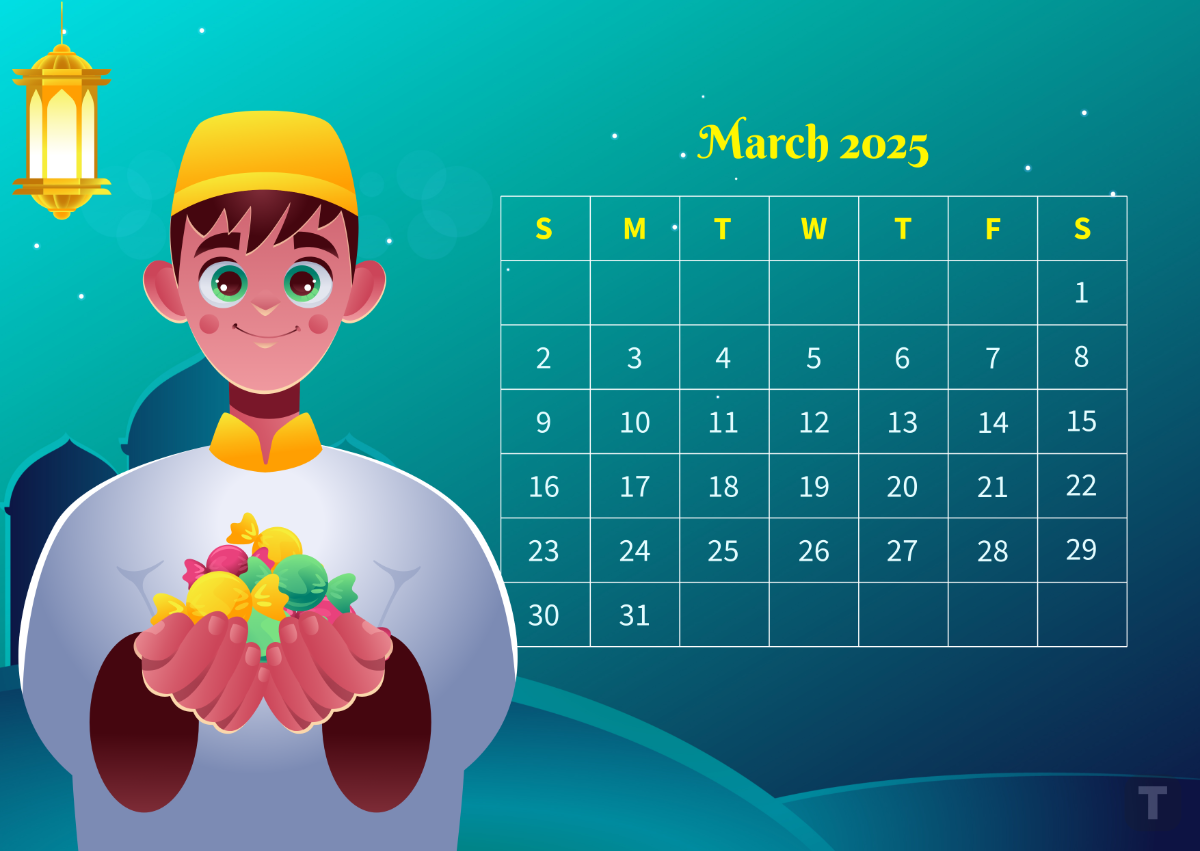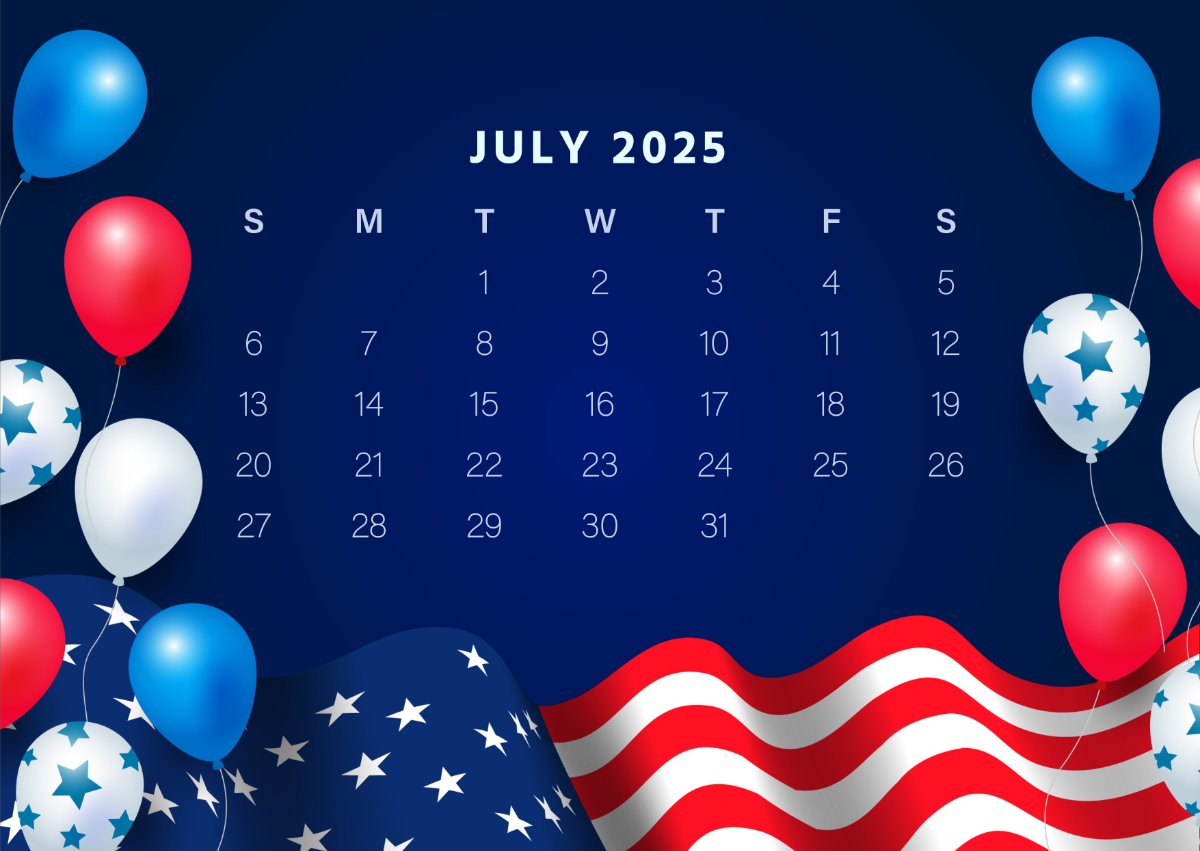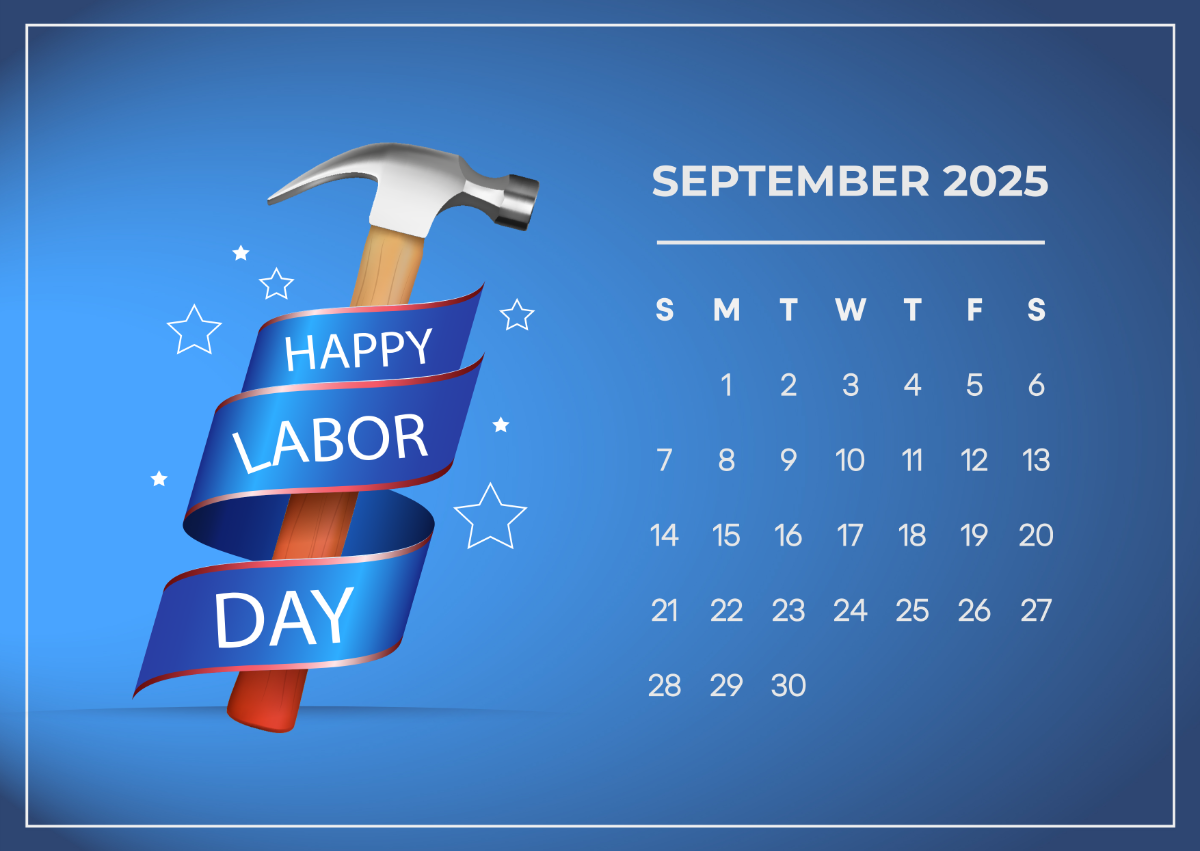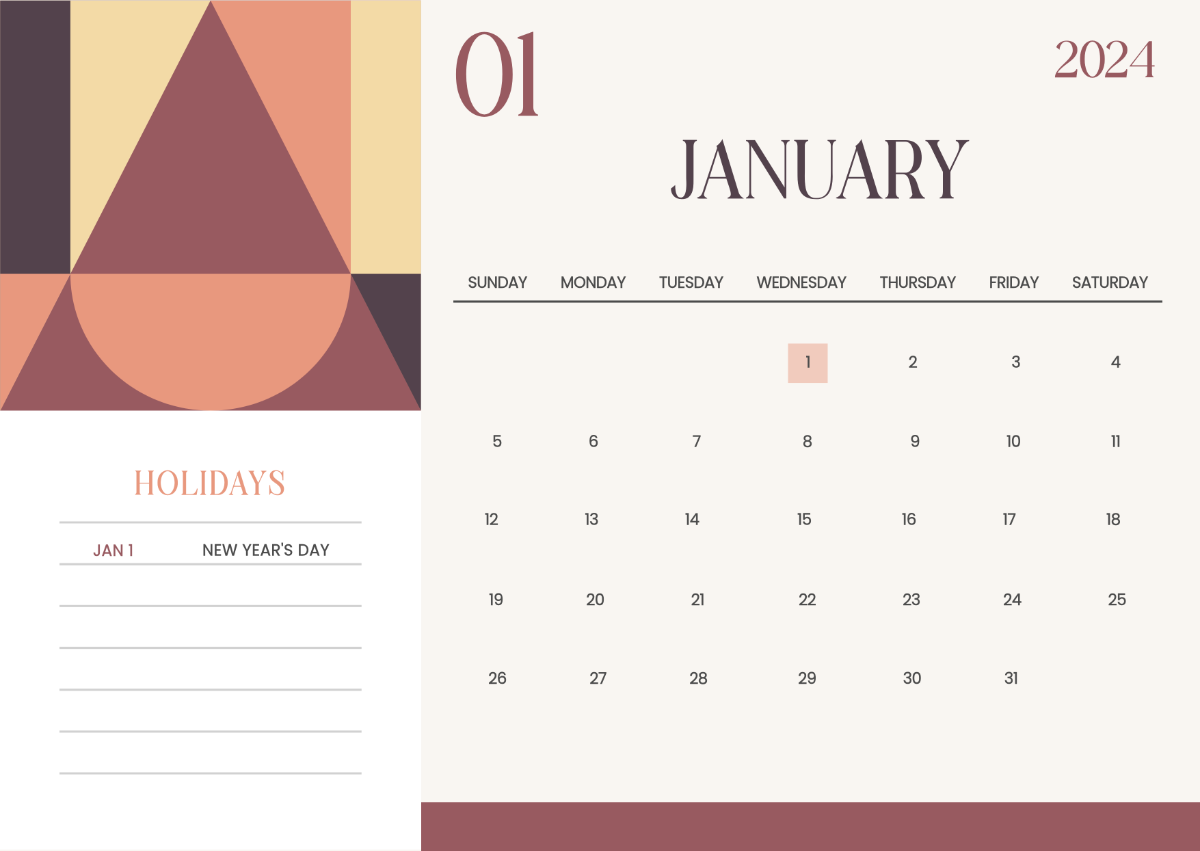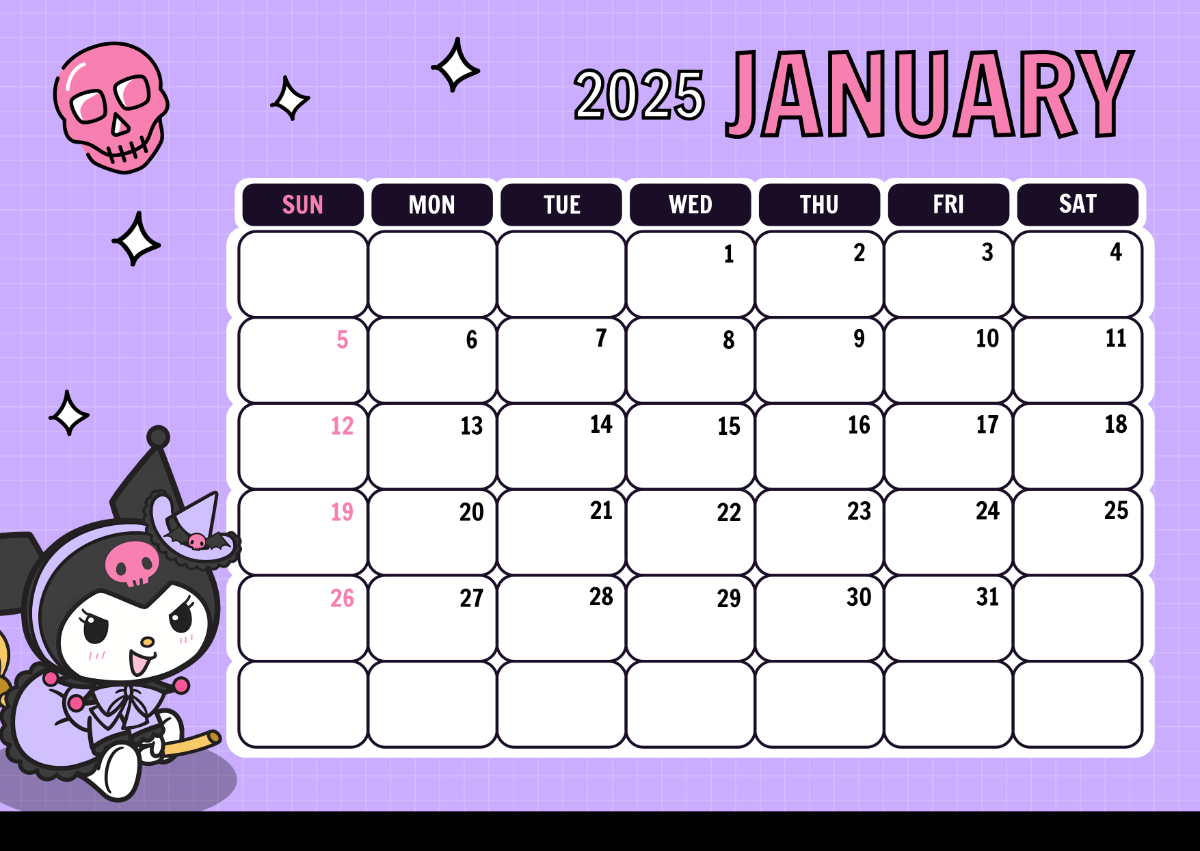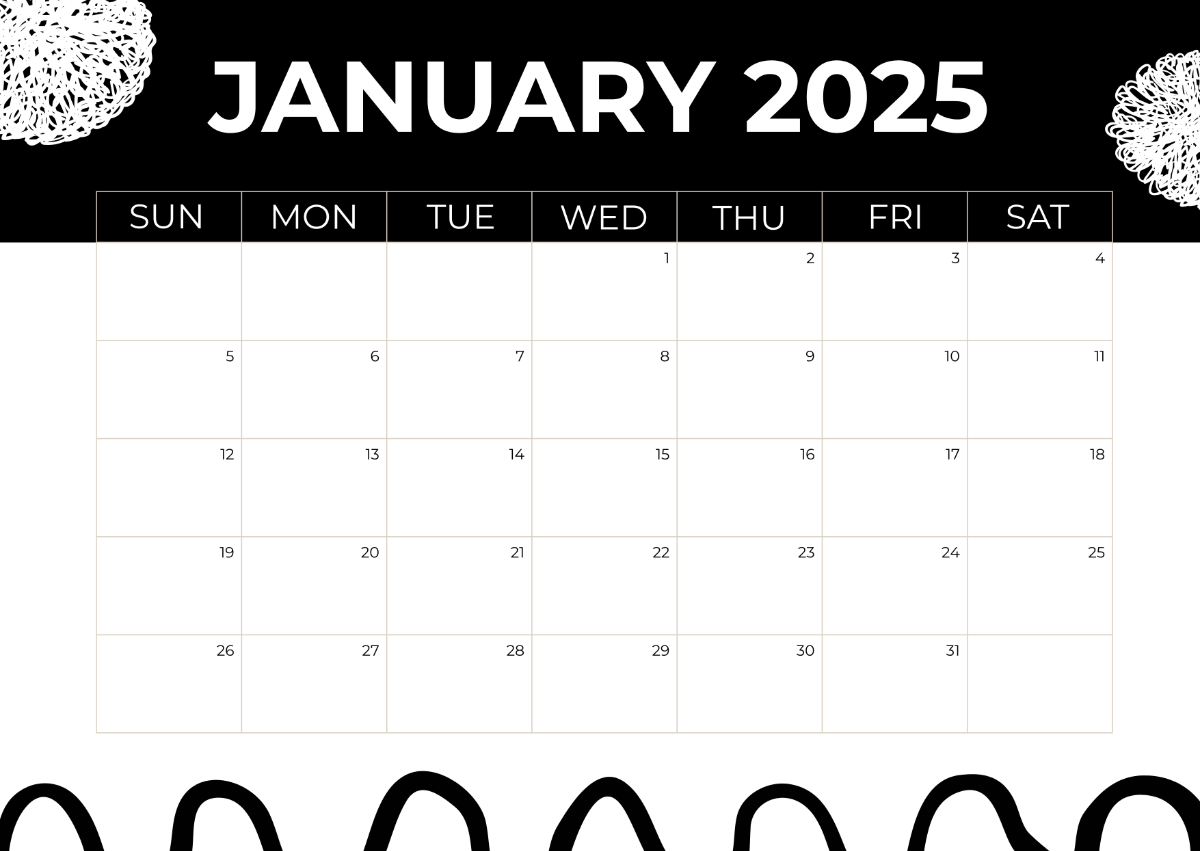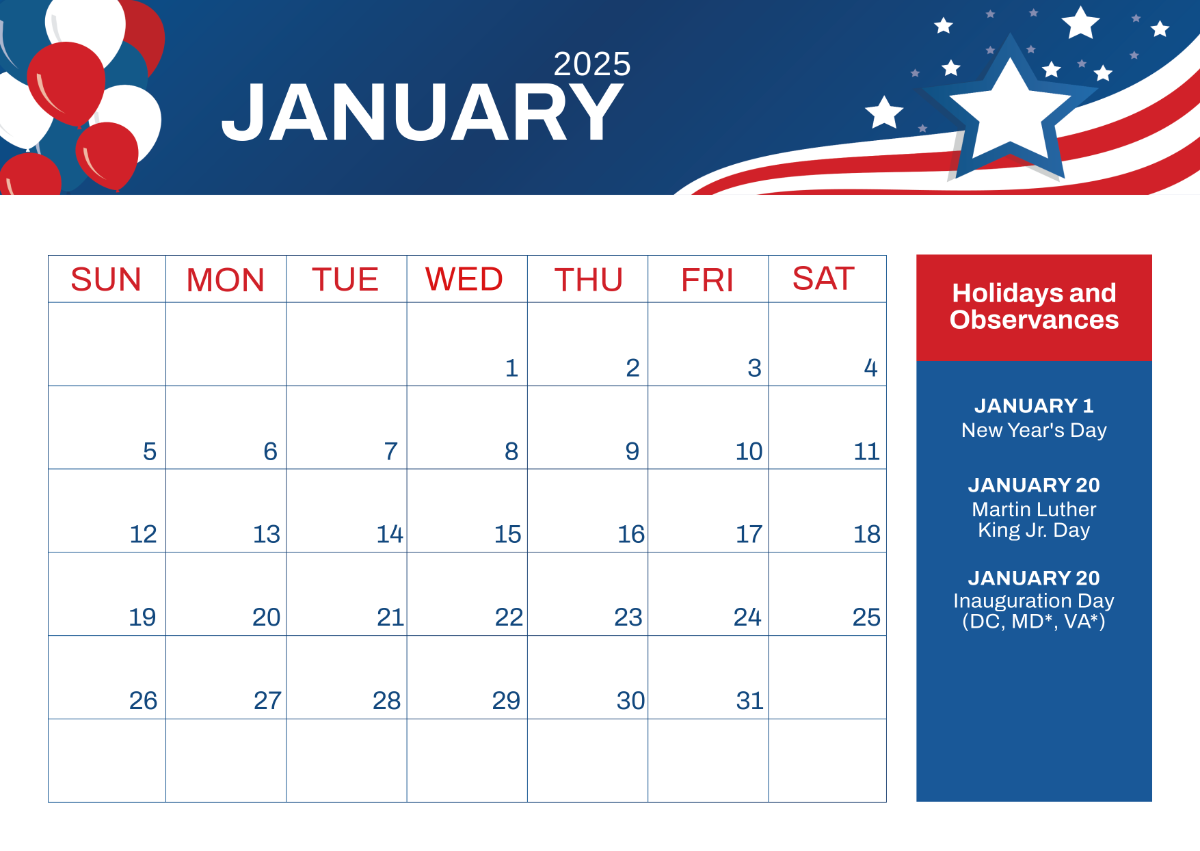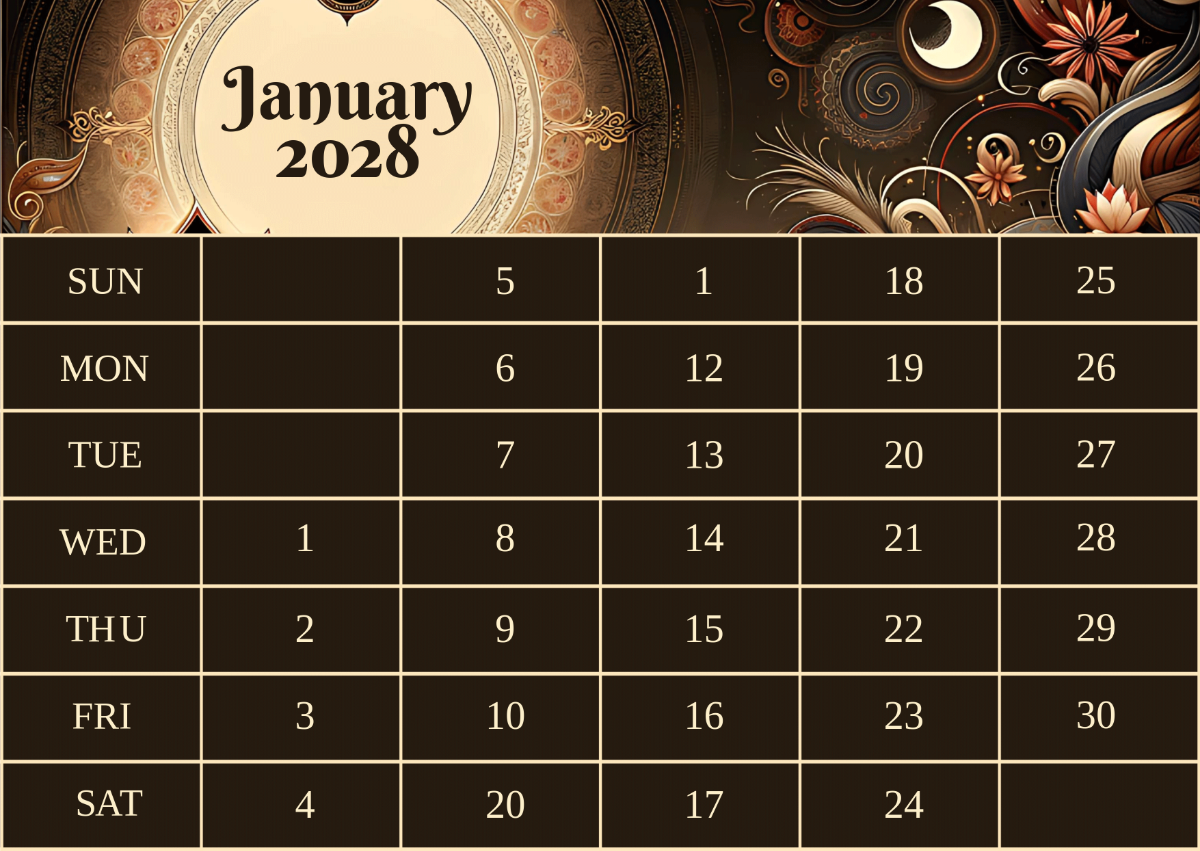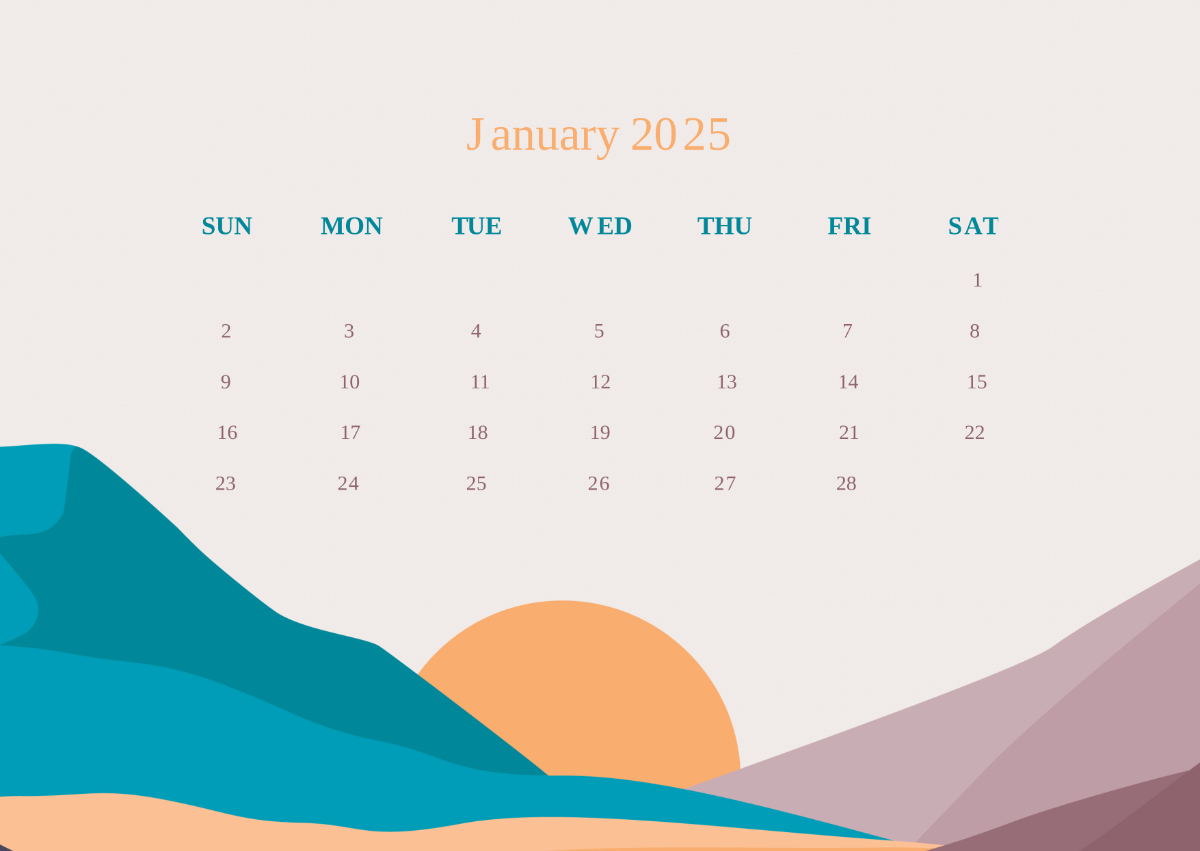Marketing Content Quality Assessment
Prepared by: | [Your Full Name] |
For the Month of: | [Insert Date} |
Introduction:
Brief overview of the purpose and goals of the editorial calendar.
Emphasize key themes, campaigns, or objectives for the month.
Target Audience:
Clearly define the primary and secondary target audiences for the month.
Specify any new or niche audience segments being targeted.
Key Messaging:
List core messages and value propositions to be communicated.
Ensure consistency with overall brand messaging.
Content Types:
Identify the types of content to be created (blog posts, infographics, videos, etc.)
Allocate a proportionate share for each content type.
Content Themes:
Outline specific themes for the month aligned with marketing objectives.
Ensure themes resonate with the target audience.
SEO Keywords:
Research and finalize SEO keywords for each content piece.
Ensure keywords align with current search trends.
Channels:
Specify the channels for content distribution (website, social media, email ,etc.).
Allocate resources based on channel effectiveness.
Content Creation Schedule:
Break down content creation into a weekly schedule.
Assign responsibilities to content creators and editors.
Visual Assets:
Identify necessary visuals (images, graphics, videos) for each content piece.
Ensure visual consistency with brand guidelines.
CTAs (Call-to-Action):
Define the desired actions for the audience after consuming each piece.
Align CTAs with broader marketing objectives.
Promotion Strategy:
Detail the plan for promoting each piece of content.
Consider paid promotion, influencer partnerships, or other amplification tactics.
Metrics and KPIs:
Determine key performance indicators (KPIs) for each piece of content.
Set measurable goals aligned with overall marketing objectives.
Monitoring and Reporting:
Establish a system for monitoring content performance in real-time.
Schedule regular reporting intervals for team review.
Adaptation and Optimization:
Build flexibility to adapt the calendar based on real-time data.
Plan for ongoing optimization based on performance insights.
Budget:
Clearly outline the budget allocated for content creation and promotion.
Track expenses against the budget throughout the month.
Team Collaboration:
Foster collaboration between content creators, designers, and marketing teams.
Use project management tools to streamline workflows.
Contingency Plans:
Identify potential challenges and have contingency plans in place.
Anticipate possible changes in the marketing landscape.
Review and Feedback:
Schedule regular review sessions for the team to provide feedback.
Use feedback to improve processes for the following months.
Conclusion:
Summarize key takeaways and successes at the end of the month.
Outline any adjustments needed for the next editorial calendar.
Marketing Templates @ Template.net
